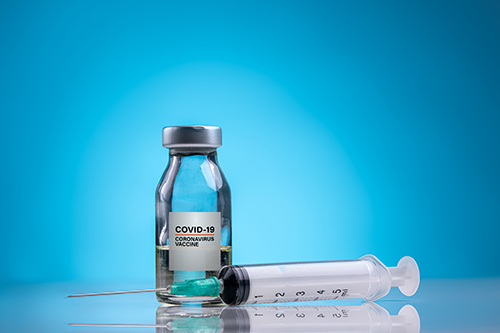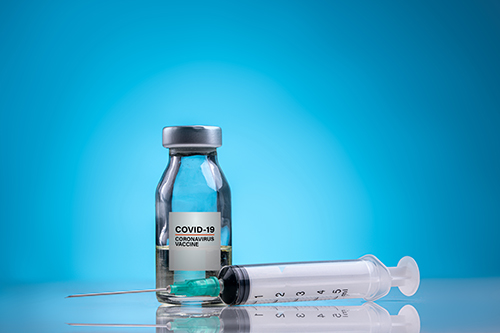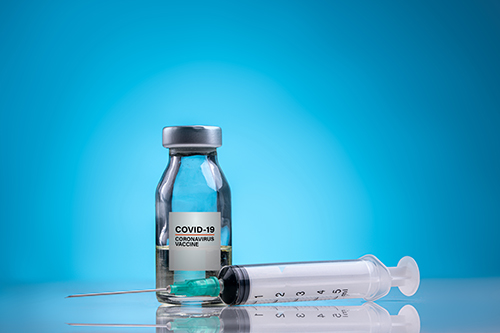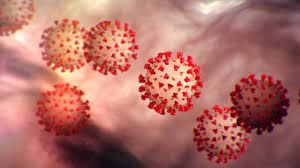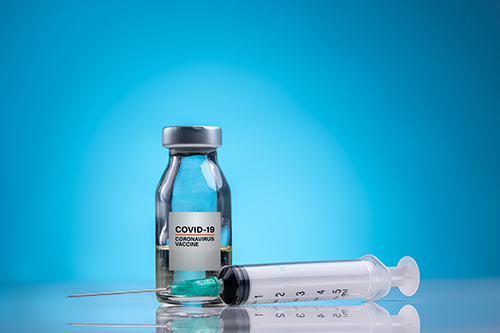It Is Time for an Improved Coronavirus Strategy
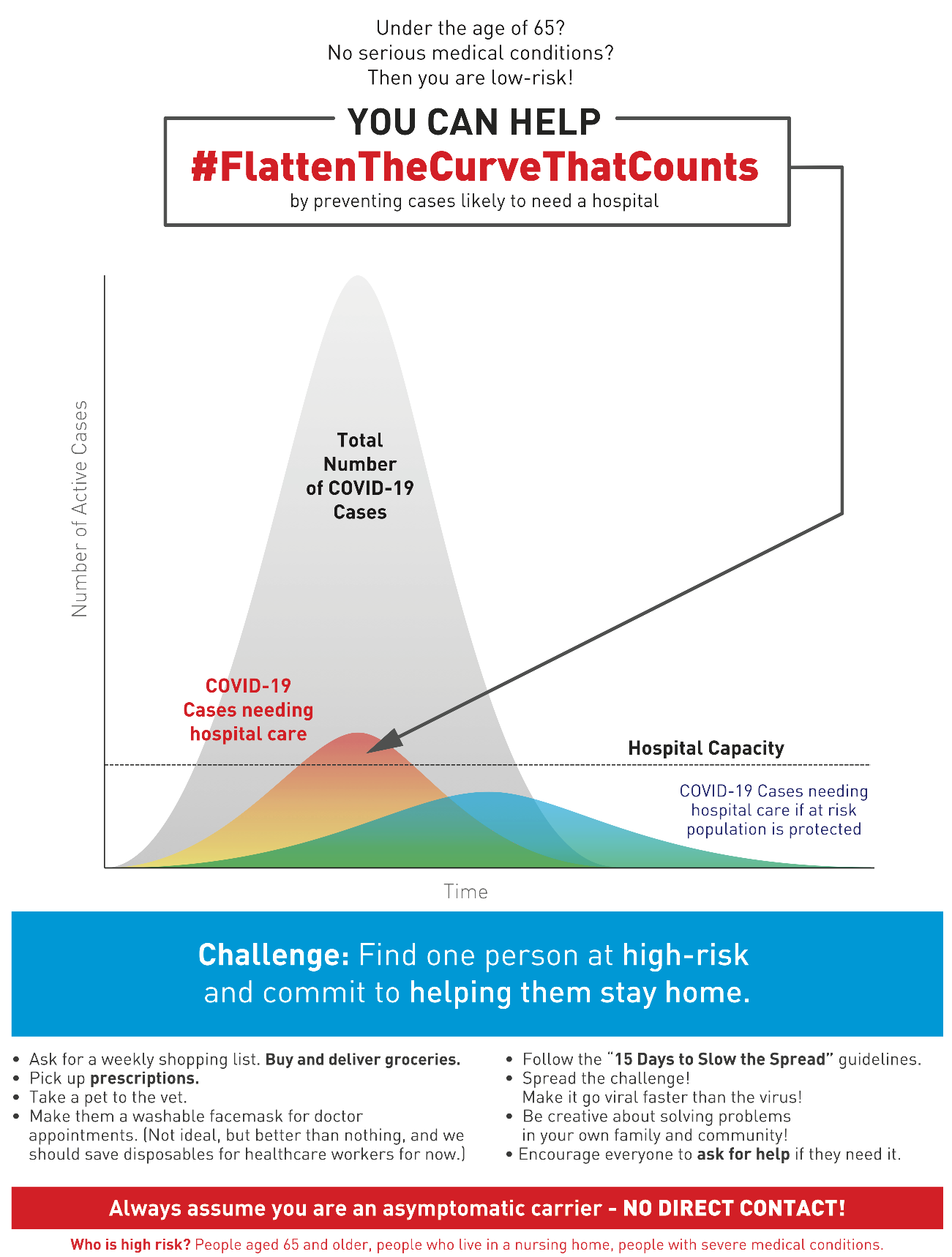 We have a figurative war on our hands, but not against enemy bullets. It is not against the Coronavirus itself. The real enemy is potentially overcrowded hospitals with insufficient beds, supplies, and medical staff to treat those who need hospitalization.
We have a figurative war on our hands, but not against enemy bullets. It is not against the Coronavirus itself. The real enemy is potentially overcrowded hospitals with insufficient beds, supplies, and medical staff to treat those who need hospitalization.
Isolating the entire population from each other, with the unintended consequence of pushing the “pause” button on the American and the world’s interdependent economies, is not a sustainable solution. Fewer and fewer people working will produce less food and fewer products and services. The unintended consequences of forced shutdowns will rapidly become counter-productive. The cure will become worse than the disease.
A failed or even severely damaged economy has severe consequences. These include fatalities. Think Venezuela.
What We Know: Important in winning the war and reducing panic levels is to act on data showing the virus does not affect all people equally. 80% will have “mild or zero” symptoms.[1],[2],[3] Outside of the elderly and those with serious underlying health conditions, our amazing immune system DOES work on the Coronavirus even if we have no prior exposure. As always, it will help protect us.
A Different Focus: Now that we have several months of data from multiple countries, our approach needs to take advantage of what we have learned. We know now that of those who do have symptoms, only those who are advanced in years or those with pre-existing health issues are at significant risk of death.[4]
The possibility of overwhelming hospitals is caused by many who are likely to be hospitalized catching the Coronavirus at once. The case number of all cases (mild and severe) is only relevant to this problem insofar as it reflects trends within the at-risk groups. But, taking advantage of the data we have, what if we could develop a strategy based on each person’s own risk of taking up a hospital bed, should they get sick?
It is time to fight this war intelligently like we would do in any war.
The Alternative: Given that we are in a war, we should take wartime measures. We should not take the approach of keeping our “soldiers” at home and not in the fight. Rather, it is time to fight this war as we always do—with those who are able-bodied.
Those who are willing, able, and low risk, along with the tens of thousands who have recovered from the Coronavirus already, should now get on with their productive lives and go back to their daily routines! For those who have not had the Coronavirus, they should practice nondisruptive social distancing, but they should not allow social distancing to inhibit their daily routines. A healthy economy is imperative to allow us to provide excellent medical care and protect those most vulnerable.
To protect those at risk (or those with a household member who is at risk), they must be encouraged to self-quarantine. To the best of their ability, they must eliminate contact between those out in public and those self-quarantined. When contact is absolutely necessary—and no creative solution can be found to avoid it—using all social distancing techniques and safety equipment available is imperative. Whenever possible, at-risk individuals should voluntarily avoid public venues, conventions, mass transit, or travel. However, the public venues, conventions, mass transit, and traveling should be restored. The rest of us should go back to mostly productive lives.
Let me repeat. Those who ARE at risk should double down on the social distancing and self-quarantines. One could even say that their very duty to society in this war is to effectively self-quarantine.
The Chinese literally locked the doors on millions of their citizens. This alternative encourages the young and healthy to go back to work, while the at risk stay at home.
Part of the alternative could also be to encourage healthy volunteers to adopt an at-risk person—a neighbor, a relative, a friend—and BRING THEM SUPPLIES, rather than those at risk going to crowded stores.
The British in WWII, undergoing daily bombing raids from Nazi Germany, had bomb shelters, but they did not hunker down in them 24/7. They worked. They produced supplies for their soldiers and their society. They planted victory gardens. They fought back.
Developing Immunities for Society: Under the current, increasingly draconian lockdowns, fewer people contract the virus. As a result, fewer immunities are built up, even in the healthy. With the alternative, immunities across society would build up naturally, creating herd immunity. It is this very community immunity building that is believed to eventually end epidemics, pandemics, and outbreaks of all sorts.[5],[6] To rely on a long-term or continuing lockdown might be thought of as not using vaccines (if available) on most of the population.
China Epilogue: One last observation. We need to bring back all important manufacturing to America or other friendly and free countries and away from China. They, and their communist-led, tyrannical policies have CAUSED this, and this is not the first time...
It is time that our strategies and tactics in our war on the Coronavirus change. Freedom works.
[1] https://www.businessinsider.com/coronavirus-80-percent-cases-are-mild-2020-2, accessed 3-20-2020.
[2] http://weekly.chinacdc.cn/en/article/id/e53946e2-c6c4-41e9-9a9b-fea8db1a8f51, accessed 3-20-2020.
[3] https://www.healthline.com/health/top-10-deadliest-diseases#stroke, accessed 3-20-2020.
[4] https://www.worldometers.info/coronavirus/coronavirus-age-sex-demographics/, accessed 3-20-2020.
Death rates from the extensive Chinese data as reported by worldometers.info are as follows:
AGE DEATH RATE
80+ years old 14.8%
70-79 years old 8.0% 30-39 years old 0.2%
60-69 years old 3.6% 20-29 years old 0.2%
50-59 years old 1.3% 10-19 years old 0.2%
40-49 years old 0.4% 0-9 years old no fatalities
[5] Gordis, L. (14 November 2013). Epidemiology. Elsevier Health Sciences. pp. 26–27. ISBN 978-1455742516. Retrieved 29 March 2015, accessed 3-23-2020.
[6] https://en.wikipedia.org/wiki/Herd_immunity, accessed 3-20-2020.



